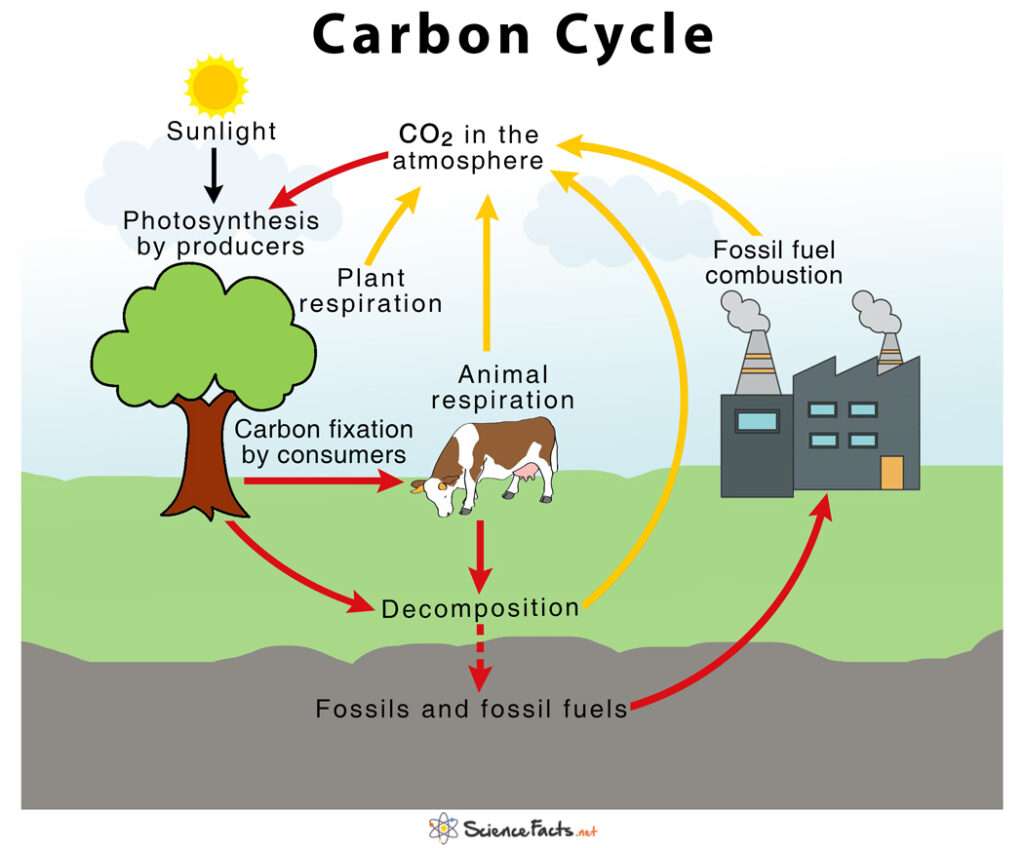A short carbon cycle or the benefits of biogas and biomethane that you may not have known about
Biogas and biomethane are success stories with huge potential. The biogas and biomethane sectors can reduce global greenhouse gas emissions by 10-13%. This is stated in a recent document of the European Biogas Association.
Ways to achieve such indicators are different:
- avoidance of emissions by replacing fossil fuels with biogas and biomethane,
- prevention of methane emissions from manure,
- production of green organic fertilizers that replace mineral fertilizers,
- capture and storage of carbon in soils.
The key to understanding the benefits of these renewable gases is the concept of a short carbon cycle. Unlike natural gas or oil, biogas and biomethane are produced from fresh organic materials. They are directly from biomass (agricultural residues, intermediate crops, green waste, etc.) or indirectly (sewage sludge, manure, some biowaste). During growth, this biomass captures a certain amount of CO2 from the atmosphere as a result of photosynthesis. This captured CO2 is returned to the atmosphere during the combustion of biogas or biomethane, and then re-captured by the growing biomass.

Conclusion
Combustion of biogas or biomethane does not increase the amount of CO2 in the atmosphere, carbon is circulated in short cycles. Thus, we are talking about biogenic CO2, in contrast to carbon dioxide, which is released in a short time during the combustion of fossil fuels after millions of years of storage underground.
Areas of biogas and biomethane usage
Biogas can produce renewable electricity and heat. Biomethane is a biogas with the qualities of natural gas. It can be pumped directly into gas networks without building/replacing the network infrastructure or gas-consuming equipment in the user house. Biomethane can be used in all traditional gas applications: cooking, heating, industrial processes, electricity generation, and transport fuels (in the form of bio-CNG or bio-LNG


